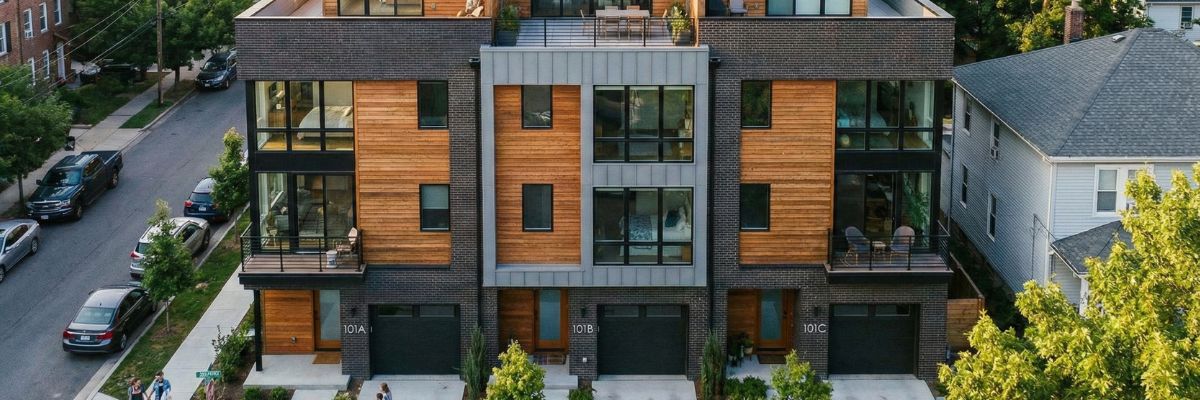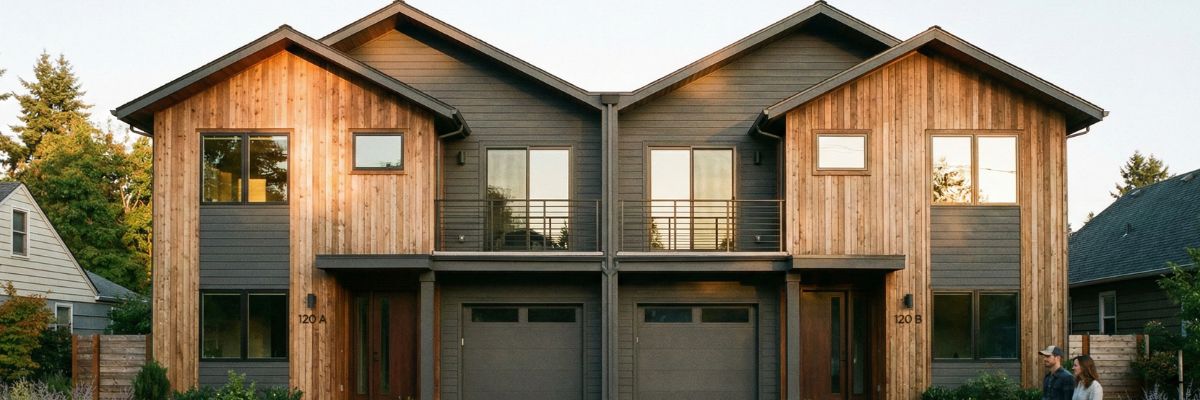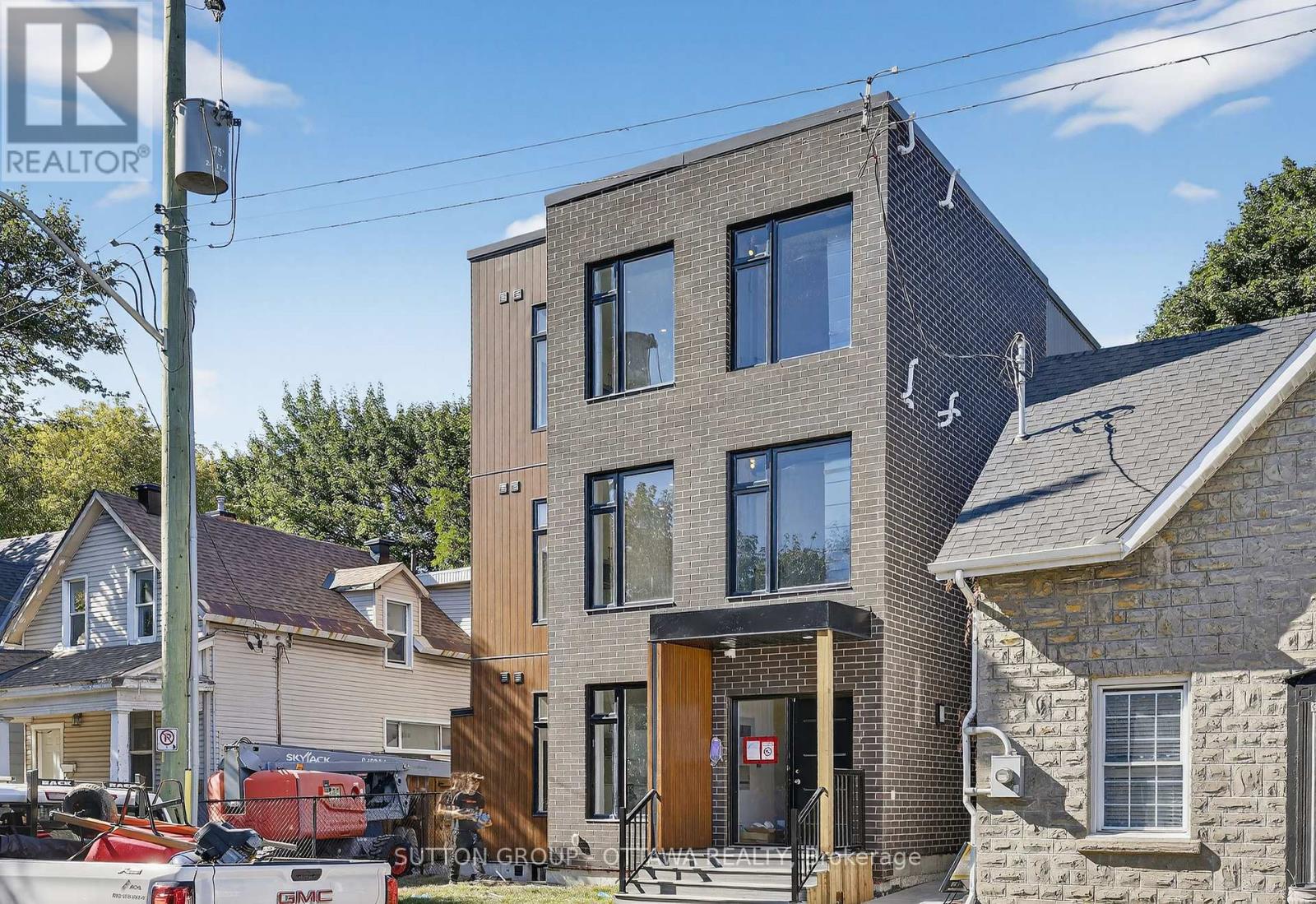Semi Custom vs Production Home Builders
Semi-custom builders offer more flexibility in layout changes and finish selections than production builders, while production builders prioritize speed, price, and predictable timelines with very limited customization. Semi-custom starts with a pre designed plan that you can meaningfully modify to suit your lifestyle, whereas production relies on standardized plans and preset design packages to keep costs and scheduling tightly controlled.
In short, semi custom is the better choice if personalization matters, and production is the better fit if price and efficiency are your top priorities.
Understanding the Core Definitions
What Is a Semi-Custom Builder?
A semi-custom builder starts with a curated portfolio of pre designed floor plans, each providing a structural foundation that can be modified within clear guidelines. Instead of designing a home from scratch, you select a base plan and work with the builder to adjust key features.
You might extend a great room, create a larger kitchen island, add a sunroom, shift non load bearing walls, include a bonus room above the garage, or opt for a finished basement. These plans are engineered to allow certain types of changes, which gives you genuine flexibility without opening the door to unlimited redesign.
Semi custom builders also offer an expanded finish selection process. Instead of two or three design packages, you will typically choose from dozens of options. Flooring, tile, countertops, cabinetry, millwork, plumbing fixtures, lighting, hardware, and appliances often come in a wide range of materials and price points.
This helps create a more personalized home that feels unique without requiring the complexity of a full custom design. Semi custom works well for buyers or developers who want elevated design control, but still appreciate structure, predictable pricing, and a shorter timeline than a fully custom build.
What Is a Production Builder?
Production builders prioritize efficiency. They build larger volumes of homes using a small library of standardized floor plans that rarely change. These communities often include repeatable models, consistent elevations, and clear upgrade paths. Structural changes are limited to a short list. You may be able to add a bathroom, choose an alternate kitchen layout, or opt for a covered porch, but anything beyond the offered menu is usually not allowed. Finishes are streamlined through pre packaged design levels. Buyers typically select from three to five interior collections that bundle flooring, counters, tile, paint, and hardware. This simplifies procurement, reduces scheduling delays, and keeps overall costs lower. Production builders excel in large master planned communities where land, amenities, and home designs are strategically integrated.

Customization and Design Flexibility
Semi-Custom: More Freedom Within a Defined Framework
Semi-custom builders allow you to modify the home in more meaningful ways. You can adjust floor plans, change room sizes, relocate specific walls, redesign kitchen layouts, add architectural features, and create more premium space planning solutions. These builders expect clients to spend time in design meetings, reviewing options, discussing upgrades, and making personalized selections.
For buyers building a higher end product, semi custom offers an ideal balance. You avoid the unpredictability of a full custom build, but still achieve a home that fits your lifestyle, aesthetic vision, and functional requirements. The finish options are also broader. Instead of being confined to a few preset levels, you can mix and match materials, wood species, fixtures, and lighting categories to create a distinctive look. Whether you want transitional, modern farmhouse, or contemporary minimalism, semi custom allows the expression of personal taste.
Production: Predictable and Streamlined
Production builders intentionally limit customization. Their business model relies on repeatable plans, predictable construction cycles, and standardized material purchasing. The limited structural menu speeds up engineering, permitting, material selection, and trade scheduling. Buyers choose their plan, elevation, lot, and one of the available design packages. While this means less personalization, it also means lower costs and faster timelines. Production communities cater to people who prioritize price, convenience, and speed over detailed customization.
Cost, Schedule, and Margins
Semi-Custom: Mid Tier Price, Moderate Timeline
Semi-custom homes typically cost more than production because they include additional design time, more extensive finish options, and the possibility of executing structural changes. You also pay for the flexibility of deeper selections, more vendor coordination, and potential change orders. Timelines tend to be longer than production. A production build might run approximately four months for a standard home, while a comparable semi-custom build may require closer to six months. Even so, semi custom is still significantly faster and more predictable than full custom, which can stretch beyond a year depending on complexity and permitting. For builders or small developers, semi custom creates opportunities to differentiate product and command higher margins, especially when upgrades, premium finishes, and optional structural enhancements are managed effectively.
Production: Lowest Cost and Fastest Delivery
Production builders leverage volume purchasing, standardized plans, and well optimised construction cycles to reduce per unit costs. Their cost structure is the most competitive because everything from framing crews to drywall teams to trim carpenters follow a predictable schedule across many homes. The reduced variability also leads to faster build times. Production builders can turn inventory quickly, which improves cash flow and allows them to offer lower base pricing. For buyers trying to stay within a certain budget, this predictability is a major advantage.
Land, Community, and Buyer Profiles
Semi Custom: Works in Subdivisions or Individual Lots
Semi-custom home builders often operate in both subdivision communities and on individually owned lots. This makes them ideal for infill projects, higher end neighbourhoods, or rural lots where a more personalized design is needed. Buyers choosing semi custom tend to be more invested in their preferences. They are willing to attend design meetings, discuss layout changes, compare material options, and think carefully about long term functionality.
Production: Master Planned Communities With Amenities
Production builders typically own or control the land. They design communities around amenities like parks, walking trails, playgrounds, pools, clubhouses, or nearby retail plazas. These neighbourhoods appeal to price sensitive buyers, first time homebuyers, and families who value predictability and convenience. The attraction is a simplified process: choose a lot, select a plan, pick a design package, and move in quickly.
Pros and Cons at a Glance
Semi-Custom Builder Pros
Semi-custom homes offer greater differentiation, better alignment with lifestyle needs, and more refined design choices. Structural upgrades and premium materials can add value and reinforce a higher end market position. For builders or developers, these features can improve margins when changes are managed properly.
Semi-Custom Builder Cons
The added flexibility increases complexity. Estimating, scheduling, procurement, and trade coordination require more effort. Poorly controlled change orders can lead to margin erosion. Semi custom also involves slightly longer build times and more ongoing client communication.
Production Builder Pros
Production builders offer the lowest cost per square foot, the fastest delivery timelines, and the most streamlined experience. Buyers appreciate the simplicity. Builders benefit from scale, repeatability, and strong trade relationships.
Production Builder Cons
Production homes are harder to differentiate. They may feel cookie cutter if specifications are too basic. Limited customization can also be a drawback for buyers seeking a unique home or for developers wanting to create a more distinctive product.
Conclusion: Which One Should You Choose?
The choice between semi custom and production comes down to priorities. If you want a home that reflects your lifestyle, aesthetic preferences, and functional needs, and you are comfortable with a slightly longer timeline, semi-custom is the better fit. If your goals are speed, price, and predictability, a production builder offers the most efficient path to ownership.

.svg)





.jpg)
.jpg)



